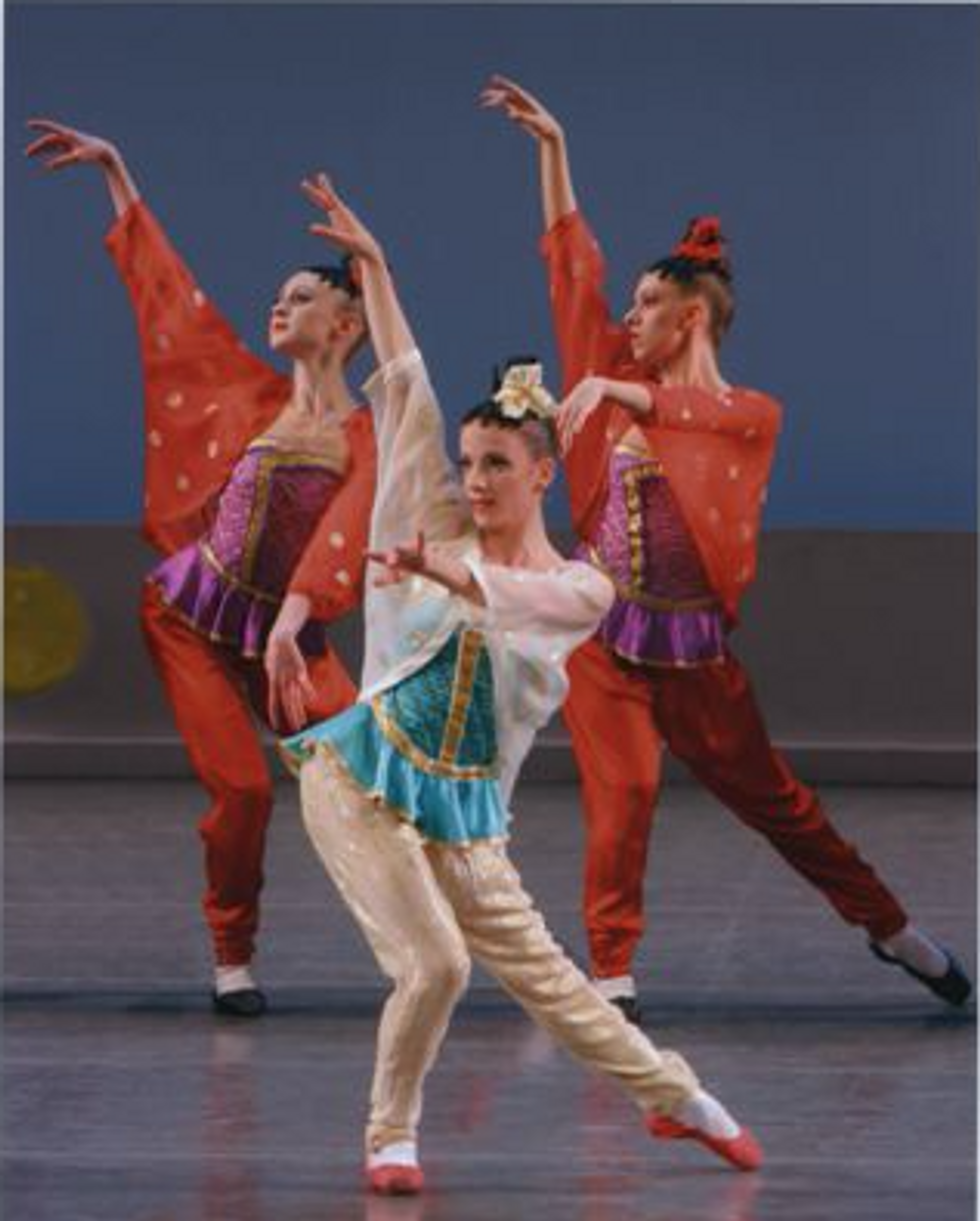Op-Ed: Why Is Ballet So Bad at Representing Asians Onstage? Look at The Choreographers
A couple weeks ago, I went to see New York City Ballet’s Tribute To Robbins, which featured Warren Carlyle’s lovely restaging of Jerome Robbins’ Broadway choreography. But as the number from The King and I began, I felt a familiar discomfort.
I rolled my eyes at the faux-Thai headdresses and the “exotic” musical motifs—irritations transferred from the musical, whose Orientalist tendencies are well-documented. But my disappointment doubled as I realized that I have never seen a ballet choreographed by an Asian American on that stage.
I left frustrated and confused. As a young dancer and Filipino American, I look up to performers and choreographers who share my Asian-American heritage. Where are they?
But one of the greatest gaping holes, where hardly an Asian American is to be found, is in contemporary ballet choreography. On mainstream stages, Asian-ness is present, but in limited and problematic ways.
The Nutcracker
‘s “Chinese/Tea” divertissement, perhaps the most widely known instance of “Asian” ballet in the canon, is sadly prone to stereotypical treatment.
A more recent example is Peter Martins’ The Chairman Dances. Choreographed to music from John Adams’ opera Nixon in China, it premiered in 1988, and has been revived several times since.
Writing for
The New York Times after its premiere, dance critic Anna Kisselgoff pointed out that its “Chinoiserie” never takes into account “the extent to which Chinese viewers are offended by … ballet dancers acting like China dolls in pajamas.” Two decades later, Alastair Macaulay panned it as a “pseudo-Maoist pastiche,” questioning why City Ballet revived it in the first place.




